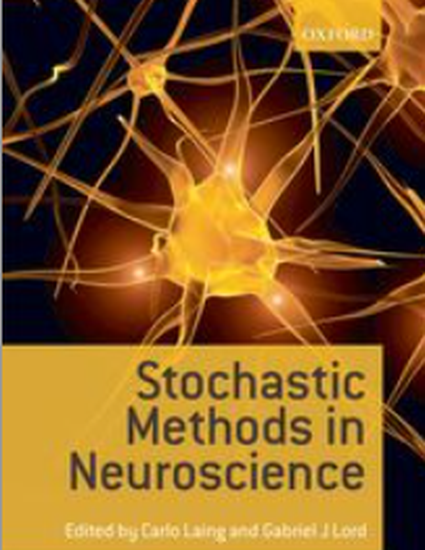
The interaction of two populations of integrate-and-fire-or-burst neurons representing thalamocortical cells from the dorsal lateral geniculate nucleus (dLGN) and thalamic reticular cells from the perigeniculate nucleus (PGN) is studied using a population density approach. A two-dimensional probability density function that evolves according to a time-dependent advection-reaction equation gives the distribution of cells in each population over the membrane potential and de-inactivation level of a low-threshold calcium current. In the absence of retinal drive, the population density network model exhibits rhythmic bursting. In the presence of constant retinal input, the aroused LGN/PGN population density model displays a wide range of responses depending on cellular parameters and network connectivity.
Available at: http://works.bepress.com/gregory-smith/50/
